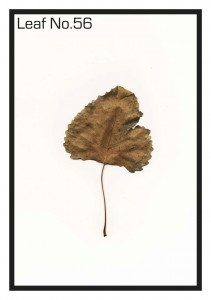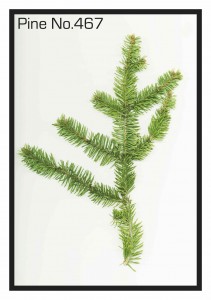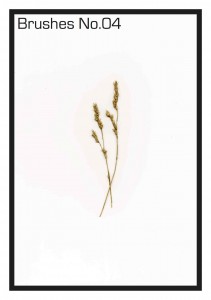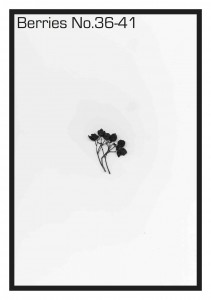Permission to Grow: Canadian Edition
 “Permission to Grow” developed during my semester in England as a critical analysis of the relationship between humans and the natural world. The idea centred around the complex narrative formed by the natural world in an urban context as set in Canada and Britain. Initially my work was entirely set in England, naturally creating a British-centric piece that was relatively inaccessible to Canadians. Although the notion of the “permission to grow” form was spawned out of the complexities of British bureaucracy, Canada’s similarities to the English system remained to be relevant content for my project.
“Permission to Grow” developed during my semester in England as a critical analysis of the relationship between humans and the natural world. The idea centred around the complex narrative formed by the natural world in an urban context as set in Canada and Britain. Initially my work was entirely set in England, naturally creating a British-centric piece that was relatively inaccessible to Canadians. Although the notion of the “permission to grow” form was spawned out of the complexities of British bureaucracy, Canada’s similarities to the English system remained to be relevant content for my project.
I began by inventing a second fake licensing organization – the first was “Trees for London” in England. “Vegetation Licensing Canada” belongs to the fictitious “Canadian Tree Police” within the “Office of Tree and Plant Services.” The language on the form was similar to the English form, but reflected Canadian attitudes toward the natural environment.
Canadians interact with nature in a hypocritical way – it’s simultaneously dismissed and celebrated. We worship our natural landscape while destroying it to build endless sprawling urban centres. The Rocky Mountains of British Columbia, for example, are used in nearly all advertising for Canada around the world. The Trans-Canada Highway, Canada’s central transit expressway, required the systematic destruction and sanitary landscaping of the beautiful Rocky Mountains for commercial purposes.
This iteration of “Permission to Grow” is a comment on the natural tendency to categorize, organize, and systematize nature in Canada. I assigned arbitrary numbers to each item I found behind the Lebel School of Visual Arts: Leaf No.56, Pine No.467, Brushes No.04, Berries No.36-41. The numbers infer belonging to a larger sequence of categorized natural beings, a ridiculous system that requires individual leaves on trees to be licensed.
Albeit somewhat serious on the exterior, “Permission to Grow” is a playful comment on the Canadian human versus nature dialogue. While our suburbs allow freshly laid sod to grow in tightly controlled 4′ x 8′ borders, our untamed tall grasses grow freely skyward. I find strong similarities in this complex relationship between Canada and its natural world to the modern domestic dispute. Nature is unconsciously dismissed by humans until found necessary for urban growth. We only permit nature to exist while the opposite is true.



